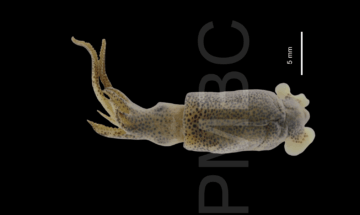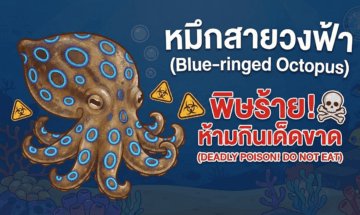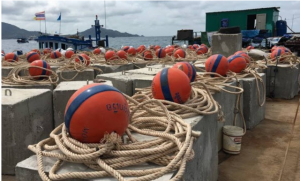
The four objectives of setting marine buoys include:
- For tying the boat when parking, instead of anchoring. This prevents the damage of coral from hitting by anchor.
- Used as a tool to organizing mooring of variety of boats including tourist boats and fishing boats in the National Park Areas to prevent damage of corals from hitting by anchor.
- For indicating the boundary of the marine conservation areas where in responsibility of relevant authorities.
- For the specific purposes such as to facilitating the visiting of touring operators and tourists, to indicating the below water working point and et.
According to the information of relevant agencies in Thailand, both in the Gulf of Thailand and the Andaman Sea from the past to the present. Buoys can be categorized into 3 types as follows
- Mooring buoys: the same orange buoys of all sizes which is floating while the ships are moored to a very firm support without using the anchor system of halting a ship that prevent anchoring of boat.
- Resources boundary buoys (fish egg buoys) and conservation boundary buoys: a small buoy of about 20 cm of diameter that strung together into a line and placed in a coral reef area to prohibits the entering of boat to the conserved coral reefs area including preventing activities that may adversely affect the ecosystem.
- Swimming boundary buoys: a large red buoy about 120 cm of diameter that connected with a cable. There is a concrete base fixed in each corner to form a boundary for water activities that mostly installed seawards of a sandy beach which is popular for swimming such as in front of the accommodation service area. The placing of this buoy is to prevent tourists from dangers of boats causing harm to those who are swimming.
DMCR marine buoys
mooring buoys
Reference
http://marinegiscenter.dmcr.go.th/kiosk/km_inner.php
บทความล่าสุด

“ปลาหมึกสายลายเสือ” (Mimic Octopus)

“ปลาหมึกแคระหางแหลม” (World’s Smallest Cephalopod)



